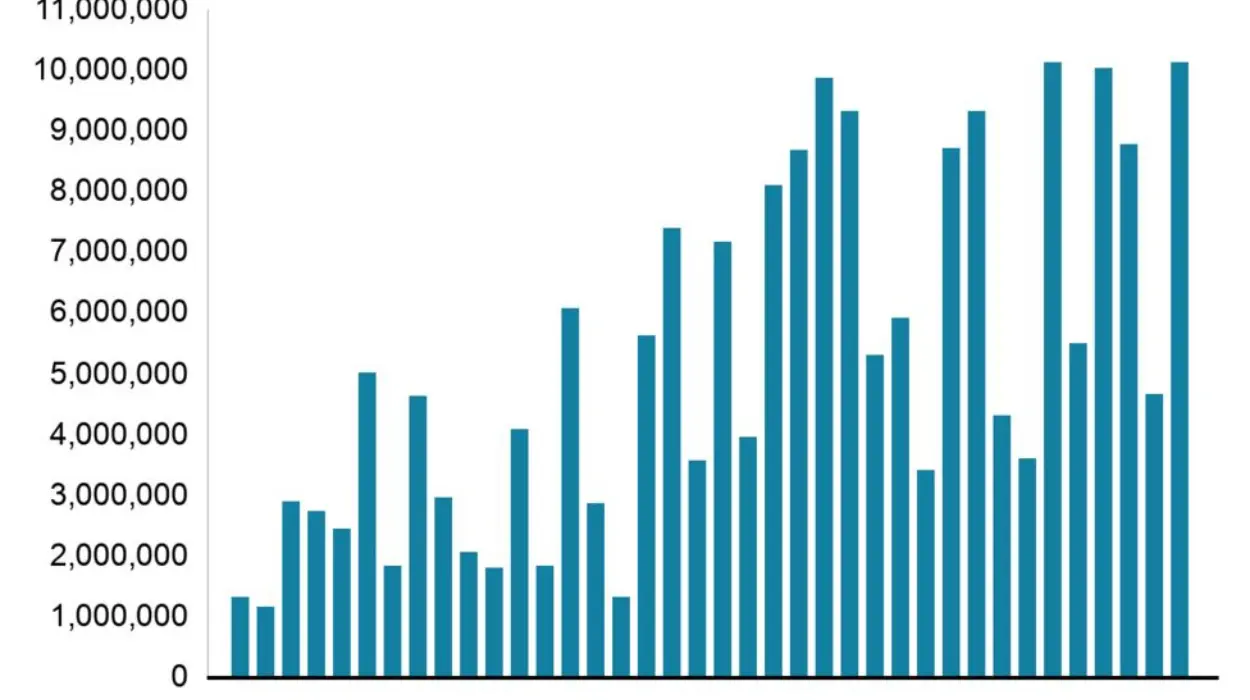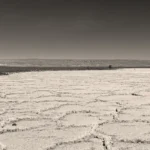
UK Wildfire Risk Soars in 2025 as Climate Change Drives Record-Breaking Fires
The United Kingdom is confronting an unprecedented wildfire crisis in 2025, with the area burned already exceeding any year in over a decade. Driven by climate change, unusually hot and dry weather has created ideal conditions for wildfires to spread rapidly, overwhelming fire and rescue services and raising alarm among experts and officials. As the summer fire season approaches, the UK faces mounting pressure to adapt to the new normal of intensified wildfire risk.
Record-Breaking Wildfires in Early 2025
By late April 2025, more than 29,200 hectares (approximately 113 square miles) of land had been scorched across the UK, surpassing the previous annual record of 28,100 hectares set in 2019. This figure includes over 80 significant wildfires recorded since the start of the year, with the Global Wildfire Information System (GWIS) data confirming the scale of destruction.
The surge in wildfires is attributed to an exceptionally dry and sunny March, the driest spring start in nearly 70 years in England. This followed a wet autumn and winter, which increased vegetation growth that later dried out, providing abundant fuel for fires. Experts describe this sequence as a “perfect storm” for wildfires, where dormant vegetation in early spring becomes highly flammable before it rehydrates in later months.
Climate Change as a Key Driver
Scientific studies have established a direct link between climate change and the rising frequency and severity of UK wildfires. A Met Office-led study found that the 2022 UK heatwave, which included the first recorded 40°C temperature, made extreme fire weather at least six times more likely due to human-induced climate change. The 2022 heatwave alone resulted in nearly 3,000 heat-related deaths in England and a 500% increase in wildfire-related emergency calls.
Projections indicate that with 1.5°C of global warming, the UK could experience at least five additional hot days per year, escalating to 39 extra hot days at 4.0°C warming, substantially increasing wildfire risk. The UK Climate Change Committee confirms that hotter, drier summers and warmer, wetter winters are becoming the norm, further exacerbating wildfire conditions.
Strain on Fire and Rescue Services
The National Fire Chiefs Council (NFCC) reports that 286 wildfires occurred between January and early April 2025, more than 100 above the same period in 2022—a year already marked by record-breaking wildfire activity. Fire and rescue services are stretched thin, balancing wildfire response with routine emergency duties, yet receive no dedicated funding for wildfire management. The costs of wildfire preparedness and response must be absorbed within already strained core budgets.
NFCC Chair Phil Garrigan emphasized the growing challenge:
“Wildfires are not a seasonal threat – they are becoming a persistent and growing risk to life, property, and the environment. We must adapt and invest now to ensure our services are equipped to meet this challenge.
Environmental and Carbon Emission Impacts
Wildfires in the UK, particularly those burning peatlands, have significant environmental consequences beyond immediate destruction. Peatlands, which cover about 9% of the UK and act as vital carbon sinks, release large amounts of carbon dioxide when burned. Since 2001, peatland fires have accounted for up to 90% of UK wildfire-driven carbon emissions, with emissions spikes in dry years.
The wildfire season in the UK has lengthened dramatically over the past decade, now lasting between six and nine months compared to one to four months previously. This extended season increases the likelihood of peatland fires, which emit substantial greenhouse gases, creating a feedback loop that worsens climate change.
Expert Warnings and Calls for Action
Leading fire scientists and meteorologists warn that the UK must urgently adapt to the escalating wildfire threat. Professor Guillermo Rein of Imperial College London described the early 2025 wildfire severity as “unprecedented” and warned that the summer season could bring even worse conditions. Dr. Chantelle Burton of the Met Office stressed that hotter, drier summers will make wildfires an emerging and persistent threat to the UK.
Rory Hadden, a fire investigation expert at the University of Edinburgh, noted that land use changes combined with climate change will likely increase both the frequency and intensity of wildfires. The NFCC and fire services urge public caution and long-term investment in wildfire preparedness to mitigate risks.
Preparing for a New Wildfire Reality
The UK’s changing climate demands a multi-faceted response. Adaptation measures must include:
- Enhanced funding and resources for fire and rescue services dedicated to wildfire management.
- Improved public awareness campaigns to prevent accidental fire ignitions.
- Land management strategies to reduce vegetation fuel loads, especially in vulnerable peatlands and moorlands.
- Climate mitigation efforts to limit global warming and thus reduce future wildfire risk.
Stephen Belcher, chief scientist at the Met Office, summarized the challenge:
“We need to adapt, and adapt fast, if we are to cope with these new weather extremes, and the impacts of future warming.



